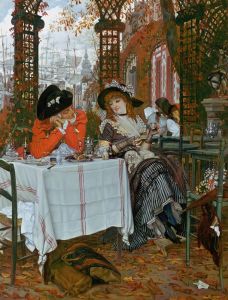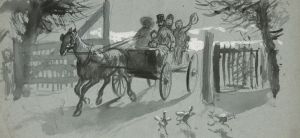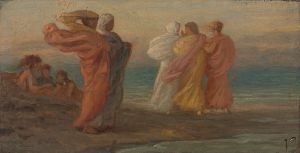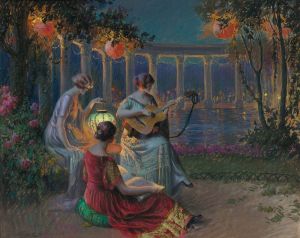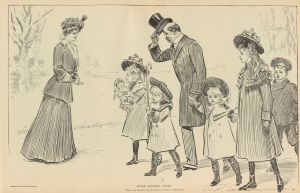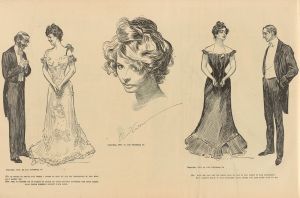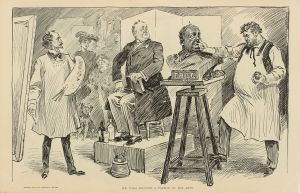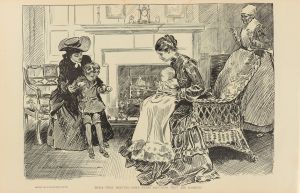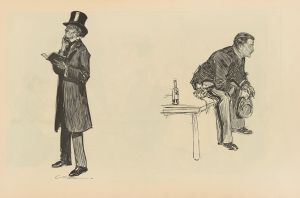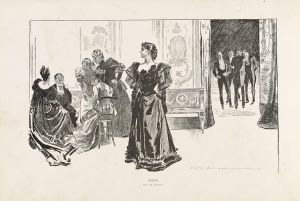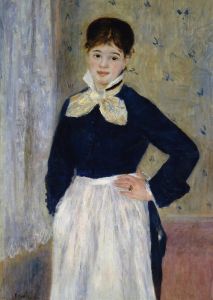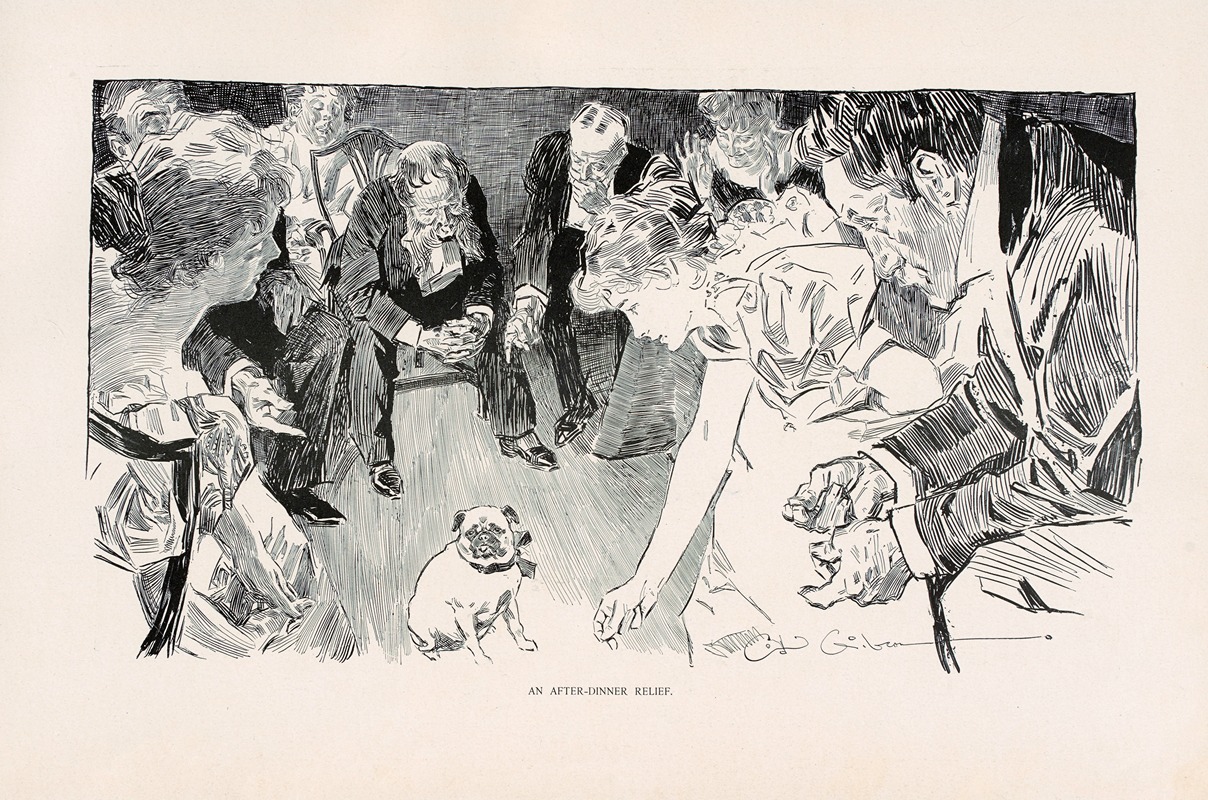
An After-Dinner party
A hand-painted replica of Charles Dana Gibson’s masterpiece An After-Dinner party, meticulously crafted by professional artists to capture the true essence of the original. Each piece is created with museum-quality canvas and rare mineral pigments, carefully painted by experienced artists with delicate brushstrokes and rich, layered colors to perfectly recreate the texture of the original artwork. Unlike machine-printed reproductions, this hand-painted version brings the painting to life, infused with the artist’s emotions and skill in every stroke. Whether for personal collection or home decoration, it instantly elevates the artistic atmosphere of any space.
"An After-Dinner Party" is an illustration created by the American artist Charles Dana Gibson, renowned for his iconic depictions of the "Gibson Girl," a representation of the idealized American woman during the late 19th and early 20th centuries. This particular work is part of Gibson's extensive portfolio of pen-and-ink drawings, which were widely published in magazines such as Life, Harper's Weekly, and Collier's Weekly.
The illustration captures a social scene typical of the Gilded Age, a period marked by opulence and rigid social structures among the upper classes in the United States. In "An After-Dinner Party," Gibson portrays a group of elegantly dressed men and women engaged in conversation and leisure following a formal meal. The composition emphasizes the social dynamics and gender roles of the time, with men and women interacting in a refined and structured manner. Gibson's attention to detail, particularly in the clothing and facial expressions of his subjects, reflects his keen observation of societal norms and his ability to satirize or comment on them subtly.
Charles Dana Gibson's works, including "An After-Dinner Party," were instrumental in shaping public perceptions of American society during his era. His illustrations often highlighted themes of romance, social etiquette, and the complexities of relationships between men and women. While the "Gibson Girl" is his most famous creation, his broader body of work, including pieces like this one, provides valuable insight into the cultural and social fabric of the late 19th and early 20th centuries.
The exact date of creation for "An After-Dinner Party" is not definitively documented, but it is consistent with Gibson's active period as an illustrator, which spanned from the 1890s to the early 1900s. The piece exemplifies his mastery of pen-and-ink techniques, characterized by precise lines and intricate detailing. Gibson's ability to convey texture, light, and shadow using only black ink on white paper contributed to his reputation as one of the leading illustrators of his time.
"An After-Dinner Party" remains a testament to Gibson's artistic skill and his role as a chronicler of the social customs of his era. Today, his works are studied not only for their artistic merit but also for their historical significance in understanding the cultural landscape of the United States during the Gilded Age.





